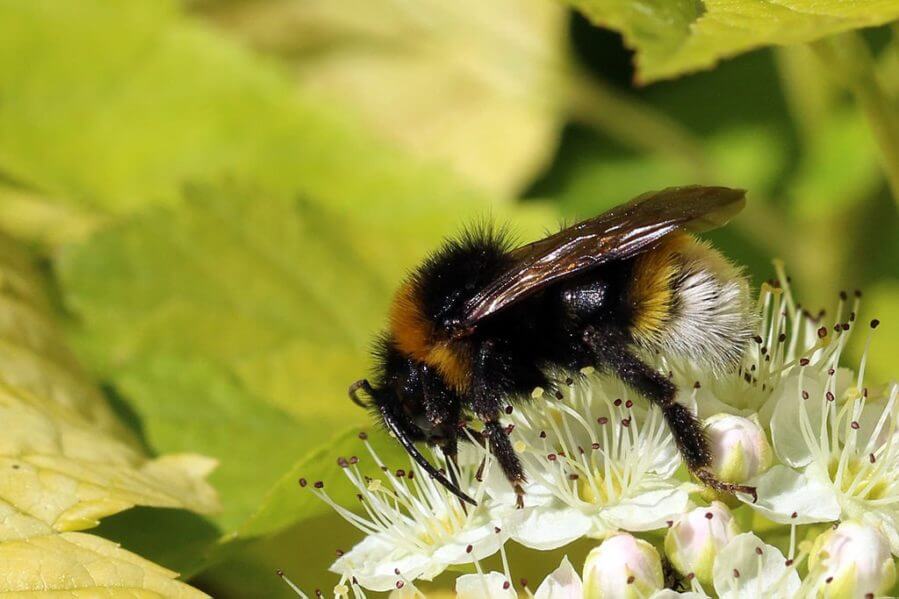We map your presence
across field and pasture,
tracing flights of fancy
from marsh and mire
to gardens,
hedges,
lanes.
Across freshwater edges
you weave your dance,
vibrant stripes of fur
drifting over bracken and herbs
with the casual impertinence
of independent passage.
Transects diverge,
breaking transitions
with dissecting lines
of gold and black
as you hurry down corridors
made narrow
in escape.

This poem is inspired by recent research, which has used 10 years of citizen science data to show that a variety of conservation approaches are needed to protect UK bumblebee species.
Bumblebees are important pollinators but are suffering from population declines due to land use intensification and the effects of the climate crisis. In order to guide conservation efforts, it is important to better understand the relationship between how bumblebees interact with specific habitats and the way in which they are affected by changes to the climate. However, making these measurements is extremely time and resource intensive, and is made even more complex by the fact that in Britain alone there are 24 known species of bumblebee. Data that is gathered by citizen scientists (i.e. non-scientists who are actively involved in scientific research) offers one potential solution to gathering the larger-scale, longer-term data that is needed.
In this new study, researchers used 10 years of data from across the UK, collected by citizen scientists as part of the BeeWalk scheme (a citizen science project run by the Bumblebee Conservation Trust), to investigate the associations between the various land use, habitat, and climate variables for 14 different bumblebee species. In analysing this large-scale and long-term data set, the researchers revealed strong species-dependent effects for specific habitats on the presence and abundance of bumblebees. In other words, a one-size-fits-all approach to bumblebee conservation will not effectively protect all species, meaning that future efforts should instead be carefully tailored to a particular species. Despite the need for tailored conservation efforts, this study also revealed that the single most generally effective action for bumblebee conservation would be to reverse the loss of semi-natural areas such as wetlands, which as well as improving habitats in urban and arable areas could also benefit rarer species as well. This research also further highlights the benefit that citizen scientists can play in helping to extend our knowledge of species’ habitat requirements, and to support future research and conservation.
If our reporting has informed or inspired you, please consider making a donation. Every contribution, no matter the size, empowers us to continue delivering accurate, engaging, and trustworthy science and medical news. Independent journalism requires time, effort, and resources—your support ensures we can keep uncovering the stories that matter most to you.
Join us in making knowledge accessible and impactful. Thank you for standing with us!

